Planning to import and sell products in the European Union, but not sure if your products must be CE marked? In this guide, we list toys, watches, electronics, PPE, and other products that fall within the scope of one or more CE marking directives and regulations in the EU.
Content Overview

FREE CONSULTATION CALL (US, EU & UK)
- Request a free 30-minute call with Ivan Malloci to learn how we can help you with:
- Find product requirements
- Certification and labeling
- Lab testing
Why must some products have a CE mark?
The CE mark is a mandatory compliance mark, informing the consumer that the product is compliant with all the CE directives and regulations that apply to the product. Here are some directives and regulations for which the CE mark is mandatory:
- RoHS Directive
- Low Voltage Directive
- EMC Directive
- Radio Equipment Directive
- Toy Safety Directive
- Personal Protective Equipment Regulation
- Machinery Directive
As such, the CE mark can be found on everything from phone chargers and game consoles to bike helmets, sunglasses, and teddy bears. Keep in mind that the CE mark is not optional in case one or more CE directives and regulations apply to your product. Likewise, products falling outside the scope of such directives and regulations should not be CE marked.
Toys
Toy products designed or intended for use by children under 14 years of age are covered under the Toy Safety Directive and, as such, need to be CE marked.
To comply with the directive, besides preparing all the relevant documentation such as DoC and technical files, your toys should also comply with relevant technical requirements. A way to comply with such requirements is to ensure that your product complies with EN 71 standards.
Here are some examples of EN 71 standards:
- EN 71-1: Mechanical and physical properties
- EN 71-2: Flammability
- EN 71-3: Specification for migration of certain elements
If you are planning to import electronic toys, EN 62115 also applies.
Examples
- Wooden toys
- Electronic toys
- Plastic toys
- Educational toys
Electronics
Electronics products are covered by one or more CE marking directives and, as such, must be CE marked. Here you will find a list of the most common CE directives that apply to electronics products.
RoHS Directive
The RoHS Directive regulates certain hazardous substances (e.g lead and mercury) in electrical and electronic equipment.
Low Voltage Directive
The Low Voltage Directive (LVD) only applies to electronic products operating with an input or output voltage between:
- 50 and 1000 V for alternating current
- 75 and 1500 V for direct current
Many consumer and industrial electrical equipment such as household appliances, laser equipment, and alternators would fall under the scope of LVD.
EMC Directive
The EMC Directive regulates electronics products that might cause electromagnetic interference with other devices, such as TVs and house appliances.
Radio Equipment Directive
The Radio Equipment Directive (or RED) regulates both the safety and electromagnetic interference of radio equipment such as Wi-Fi, RFID, and Bluetooth devices.
Examples
- Bluetooth speakers
- Computer laptops
- Electric razors
- Digital cameras
- Video game consoles
- Paper shredders
- Printers

Wrist Watches
Electronic wristwatches are covered by the RoHS Directive, which as mentioned, restricts the migration limit of heavy metals in electronic components and metallic parts that are in contact with the skin. In addition, smartwatches are also covered by the RED. As such, any watches that contain electronic components must be CE-marked.
Examples
- Electronic wristwatches
- Quartz watches
- Smartwatches
Note that the RoHS Directive and RED do not apply to automatic and mechanical watches.
AC Adapters
Many AC adapters are regulated by the LVD, EMC, and RoHS Directives. In particular, the LVD applies to most AC adapters as they normally have input voltage ranging from 110 up to 240 volts AC. As explained above, products that work at these voltages fall under this directive.
Examples
- Laptop AC adapters
- Interchangeable Medical AC adapters
- Universal power AC adapters
LED Lighting Products
LED lighting products are covered by one or more CE marking directives and, as such, they must be CE marked.
For instance, the RoHS Directive applies to all LED lighting products; the LVD applies to LED lighting that has a voltage range of 50 to 1000V AC or 120 to 1500V DC, and the EMC applies to LED lighting that might cause interference with other electronic devices.
Also, the Ecodesign Directive applies to most LED lighting products and the RED applies to smart LED lighting that includes Wi-Fi, Bluetooth, or 3G/4G/LTE devices.
Examples
- LED light strips
- LED billboard
- LED lamps
- Smart LED light bulbs
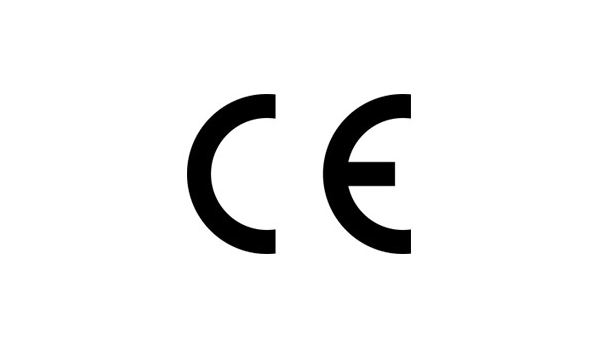
Energy-related Products
The Ecodesign Directive applies to energy-related products that fall into any of the 28 energy-efficient product groups listed on the EU official website.
Importers and manufacturers of any of those products are mandated to abide by requirements such as labelling (including the CE marking) and documentation.
Examples
- LED light strips
- Water heaters
- Fridges and freezers
- Vacuum cleaners
- Tumble driers
- Ventilation units
- Televisions
Personal Protective Equipment (PPE)
Personal protective equipment (PPE) is covered by the PPE Regulation and must be CE-marked. PPE refers to equipment intended to protect the user against hazards such as falling objects or chemical hazards, and it might cover workwear, sportswear, and more.
Importers should classify their PPE products according to the regulation’s guidelines, and then comply with relevant requirements. Here is an overview of the PPE category classifications:
Category I: Simple PPE designed to protect users by reducing minimal risks. Examples of Category I products include sunglasses, eye protectors for dust, and ski goggles.
Category II: Intermediate PPE that protects users from physical, electrical, and chemical injury. Examples of Category II products include eye protectors against UV radiation, work helmets, and protective clothing.
Category III: PPE products that protect against serious consequences such as death or irreversible damage to health. For example eye protectors for use in extremely intensive IR radiation environments, and respiratory apparatus for diving.
Examples
- Safety helmets
- Safety gloves
- Eye protectors
- Safety shoes
Eyewear
Sunglasses and other eyewear products are classified as Personal Protective Equipment (PPE) and, as such, must be CE marked. Most sunglasses and sports eyewear placed in the market is categorized into Category I under the PPE Regulation.
However, other types of eyewear might be classified as Category II or III, according to the risks it is designed to protect from. For example, eye protectors and filters designed to protect against ionising radiation are classified under Category III
Examples
- Polarized sunglasses
- Sport sunglasses
- Ski goggles
- Swimming goggles
- Diving goggles
Machinery
The Machinery Directive covers most machinery imported and sold in the EU market. Specifically, machinery includes products that fall under the following definitions:
a. A grouping of linked pieces or components, at least one of which moves, that contains or aims to include a drive system (other than human or animal effort)
b. A group of connected items or elements that are attached and can move with the goal of lifting something with the use of applied human force
If your products match the definitions stated in the directive, you need to comply with the Machinery Directive and attach a CE mark on the products.
Examples
- Treadmills
- Rowing machines
- Hot steel rolling machines
- Ready-mix concrete trucks
- Drill presses
Bicycles
Most bicycles placed in the market are considered transport vehicles, and they are not covered by CE directives. For instance, you do not need to CE mark road bikes, BMX bikes, or mountain bikes.
However, if the bicycle’s saddle height is less than 435 mm, then it is considered a toy bicycle and it is covered by the Toy Safety Directive.
Also, if you are planning to import and sell e-bikes into the EU market, certain CE Directives apply. For example, most E-bikes would fall into the scope of the Machinery, RoHS, and EMC directives.
Therefore, e-bikes and toy bicycles are covered by CE directives and must be CE-marked.
Examples
- E-bikes
- Toy bicycles
Medical Devices
The Medical Devices Regulation applies to medical devices and their accessories placed on the EU market. Medical devices are defined as any instrument, apparatus, appliance, software, implant, reagent, material, or another article intended to be used for medical purposes, such as:
- Medical diagnosis
- Medical treatment
- Alleviation of disease
- Prevention of disease
In addition, other types of products are also considered medical devices, such as:
- Products for cleaning, disinfection, and sterilisation of medical devices
- Devices for the control and support of conception
CE marking is required for all products that fall under the scope of the regulation.
Examples
- Medical masks
- Plastic syringes
- Medical thermometers
- Glucose meters
- Oxygen concentrators ventilators
- Medical nebulizers
Construction Materials
Construction products are regulated by the Construction Products Regulation (CPR). The CPR aims to improve the performance of construction products in the EU.
Any product or kit which is produced and placed on the market for construction purposes, such as buildings and civil engineering works, is considered a construction material, and it should comply with the CPR. As such, these materials, components and products must be CE-marked.
Examples
- Doors
- Windows
- Chimneys
- Sanitary appliances
- Wastewater engineering products
- Construction adhesives
- Communication cables
- Fire protective products
Measuring Instruments
The Measuring Instruments Directive (MID) regulates measuring instruments that are placed in the EU market. The Directive requires importers and manufacturers to label their measuring instruments with the CE marking as well as a metrology marking, which indicates that the product is compliant with relevant requirements.
According to the directive, measuring instruments should be designed in such a way that the measurement results be as accurate as possible, without exceeding instrument-specific maximum permissible errors (MPEs).
Examples
- Water meters
- Gas meters
- Active electrical energy meters
- Thermal energy meters
- Automatic weighing instruments
- Taximeters
- Material measures
- Dimensional measuring instruments
- Exhaust gas analysers
Gas Appliances
The Gas Appliances Regulation requires importers and manufacturers to affix the CE label onto their products if they fall under the scope of the regulation. Annex I of the regulation provides requirements that appliances or fittings must comply with.
It covers correctly installed and regularly maintained appliances that burn gaseous fuels used for reasons that include the following:
- Cooking
- Refrigeration
- Air-conditioning
- Space heating
- Hot water production
- Lighting
- Washing
The Regulation does not cover the following types of appliances:
- Industrial appliances
- Aircraft and runway appliances
- Temporary research lab appliances
Examples
- Cooking machines
- Space heating machines
- Water heating machines
Lifts
The Lift Directive regulates the design, manufacture, and installation of lifts, as well as their components, safety, and methods of maintenance. Covered products must be CE-marked.
The directive covers three kinds of lifts – those for transporting people, those that accommodate the transport of people and products, and cargo-only lifts that can be accessible by a person for control and operation purposes.
Types of lifts that this directive does not apply to include examples such as the following:
- Escalators and mechanical walkways
- Winding gear used in mines
- Military or police lifts
- Cableways (including funicular railways)
- Construction site hoists
Examples
- Passenger lifts
- Passenger and cargo lifts
- Accessible cargo lifts


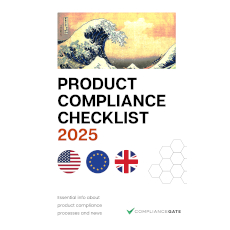
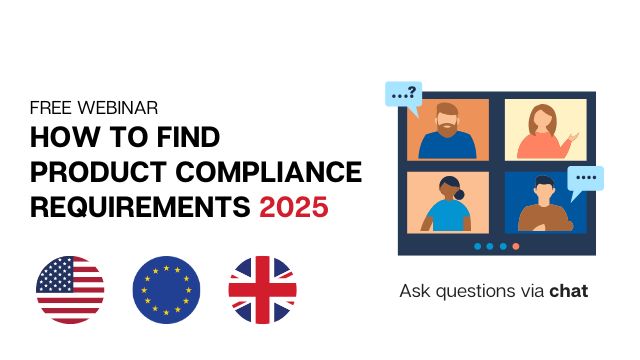
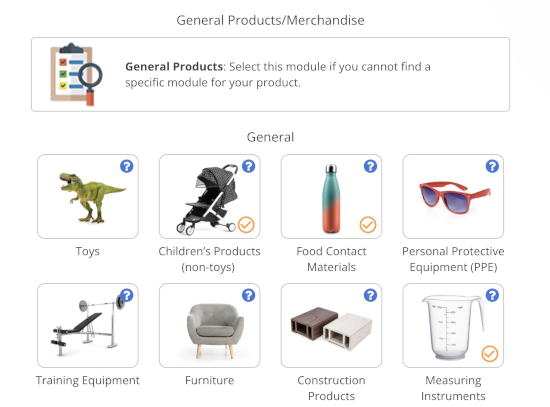

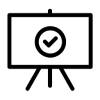
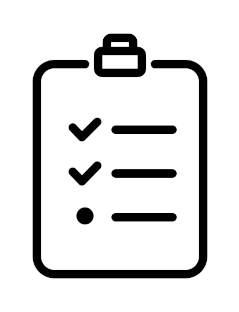



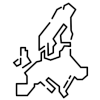

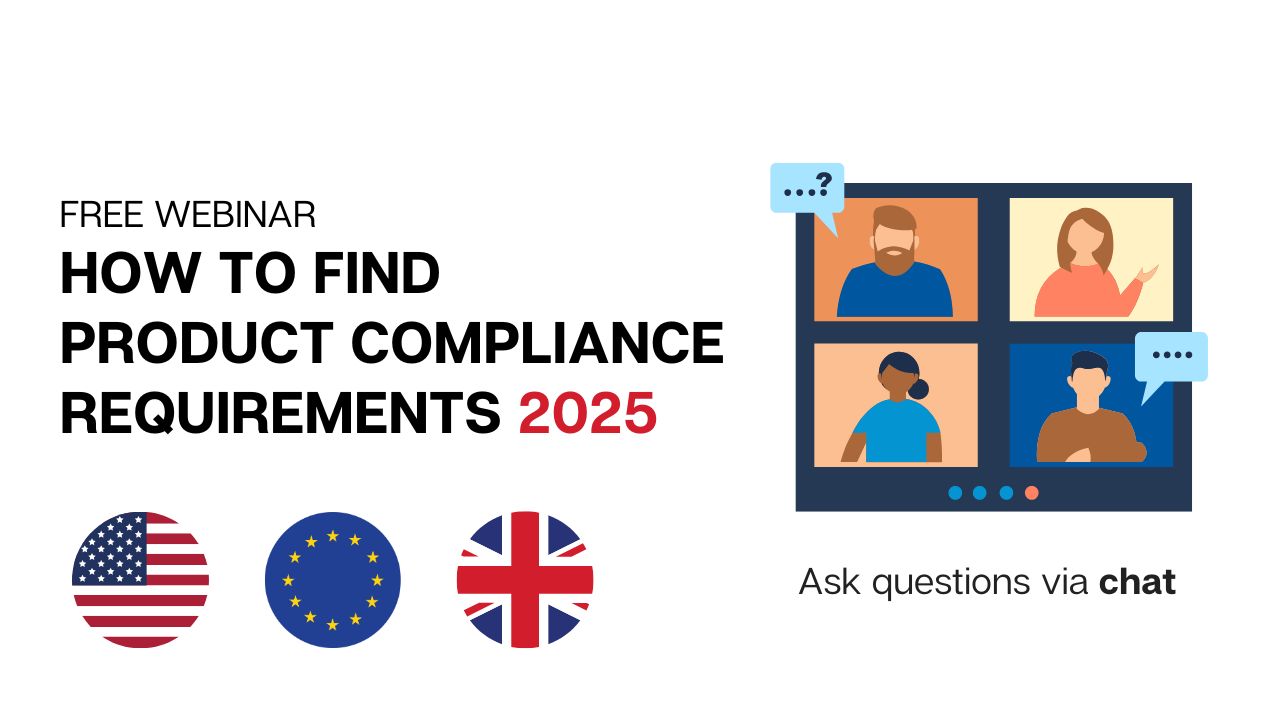

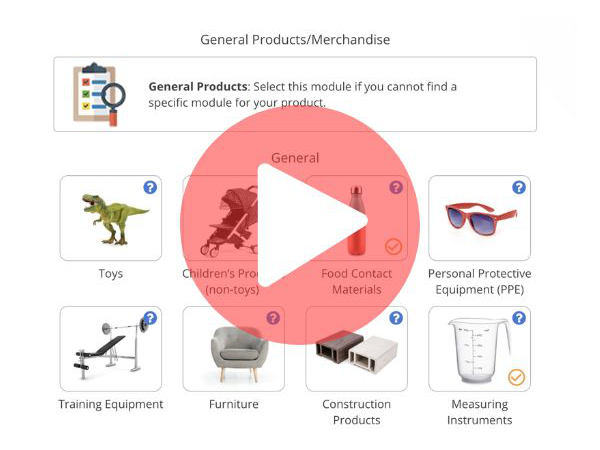
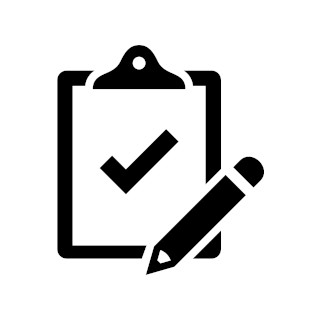 Create compliance checklists for your product (US, EU & UK)
Create compliance checklists for your product (US, EU & UK) 20+ product certificate templates
20+ product certificate templates Create label files
Create label files Book product testing
Book product testing
to expand our product marketing with Our Trade Mark to some of European Union countries and to avoid any obstacles to their entry there, please provide us with all necessary certifications and specifications for the nine Electric products commercial kitchen appliances that we manufacture it in QATAR.
There are many factors that impact the exact EU regulations and directives that apply.
I suggest you book a consultation call on our website if you want to discuss this further
Hello Sir,
Our products is E-BIKE and plan to lunch the products in EU Market. Could you advise, how to make CE Mark, and which regulation we have to compliance.
Thank you very much.
Hello. Our company produces Razor blades and disposable razors. Does the CE mark cover our product?
Hello. Question about CE, if the product is covered under 2 categories (say Machinery and Pressure Equipment) which directive should follow for the CE? The one for Machinery or Pressure Equipment Directive or for both? Thank you,
Hello PJ,
I cannot assess what is correct and applicable for this product, but what I can say that is that it is not unusual for a product to be covered by more than on directive or regulation – that in turn require the CE mark.
Hello, Fredrik.
Thank you for your response. The product is a pressure sprayer working around 0.3MPA. This has been CE certified under 2006/42/EC Machinery Directive by the supplier.
Hello,
We are experiencing product compliance requests on Amazon.
But we are surprised that our items (Onesie/Bathrobe/legging) belong to apparel and not soft toys. Can you please clarify to me whether garments (extra soft onesies) are also included in the CE marking criteria? We are a UK based seller
Thanks
Hi Fahad,
Most likely not, but Amazon can request compliance documents even for products that don’t require CE marking.
Hi Vincent, I’ve been given conflicting information on two items I’m looking to import to Iceland. Would box trailers for cars be considered construction equipment? And would wetsuits be considered safety equipment? Thank you for your time. Sincerely Jon Jonsson